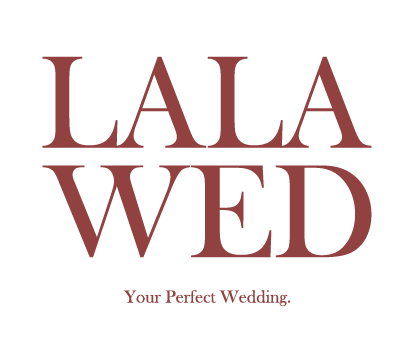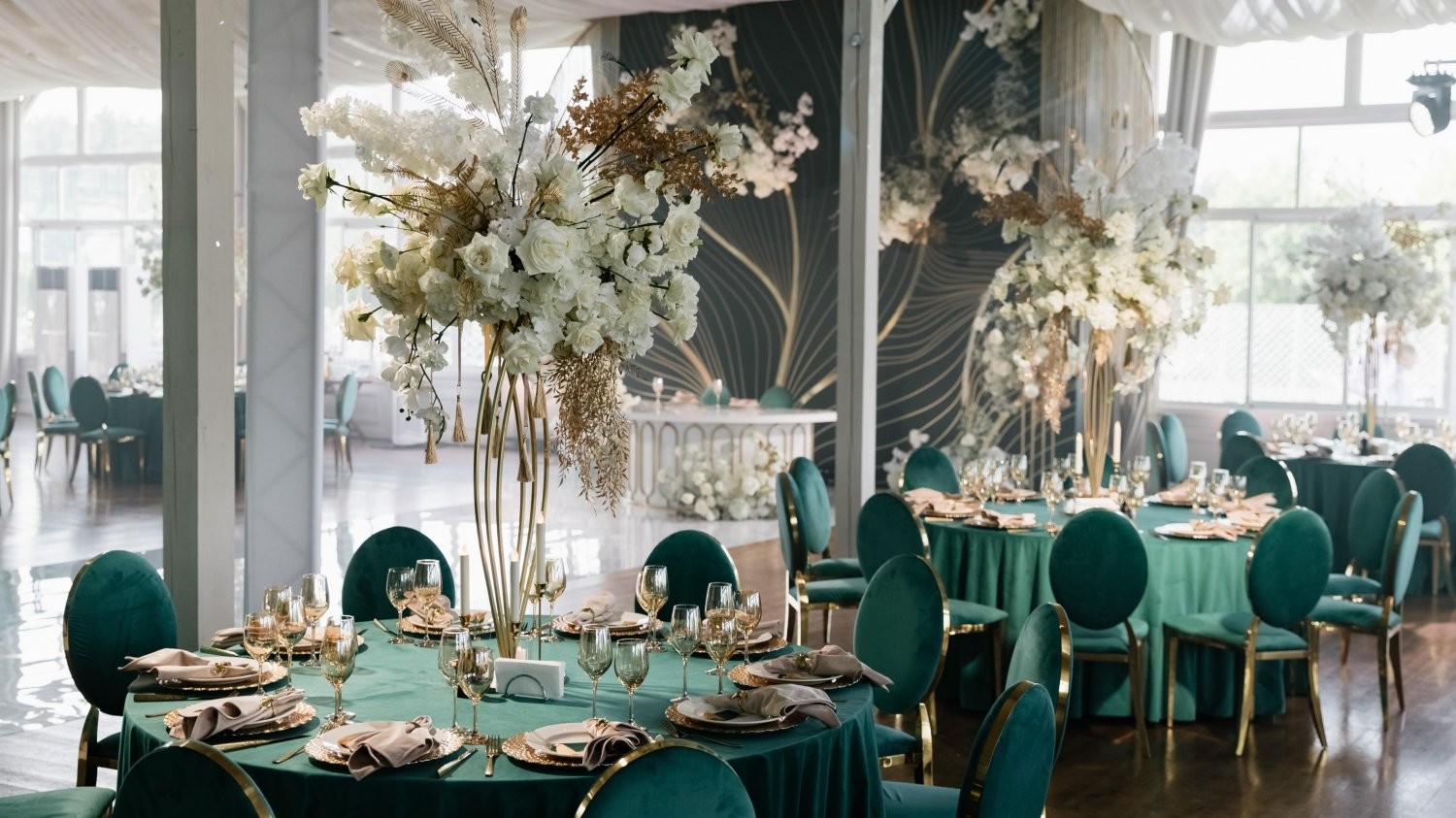1. Types of Wedding Guest Seating Arrangements
Wedding guest seating. After you’ve chosen your venue and compiled the guest list, the next big step is planning the guest seating arrangement. Start drafting your seating plan in whichever way works best for you — in a notebook or an electronic file. Don’t worry if your first version is rough; it will naturally evolve as the big day approaches. Typically, the final seating chart is approved about two weeks before the wedding. So even if the event is six months away and you’re unsure who should sit next to your best friend or godparent, there’s no need to stress!
Wedding guest seating. European Seating
This popular option features small round tables seating 8 to 10 guests and is especially common at classic and boho-style weddings. It’s an excellent way to group guests by age, relationship, or familiarity. Round tables also improve ergonomics, making conversations easier and more natural.


To make this style even more guest-friendly, consider seating people around only three-quarters of the table, leaving one side open. This allows guests to stay engaged with the ceremony or entertainment without anyone sitting with their back to the bride and groom.
Wedding guest seating. One Large Table
Ideal for intimate weddings without formalities or extravagance, one large round table can accommodate up to 20 people. This arrangement promotes closeness and creates a cozy, family-like atmosphere. It also reduces decoration costs, as you only need one central centerpiece instead of multiple table settings.


Separate Rectangular Tables
Rectangular tables seating 6 to 10 guests each are perfect for informal weddings and allow creative table settings without formal constraints. Keep in mind, though, that this layout requires ample space for guest movement, dancing, and interactive entertainment.


Wedding guest seating. Buffet Style
For a casual, party-style wedding, consider a buffet with comfortable chairs and lounge areas where guests can mingle and relax. This layout promotes a relaxed atmosphere and socializing.


Wedding guest seating. Serpentine Tables
Though less common, serpentine or snake-shaped tables add a unique and artistic touch, especially for outdoor weddings. They take up more space and can scatter guests more than other layouts but look beautiful with proper decoration and seating.


U-Shaped and T-Shaped Tables
These arrangements provide a dedicated table for the bride and groom with one or two additional tables for guests. While they maximize seating and save space, they are less popular today because they restrict guest interaction and movement.
2. How to Choose the Best Wedding Guest Seating Type?
Choosing the right seating style depends on you and your fiancé’s preferences, but the most practical and comfortable option is often several separate rectangular tables arranged symmetrically or in a “chevron” (V-shaped) layout.


This style allows for:
- Ample space for dancing and movement
- Easy guest mingling and conversation groups
- Comfortable views for all guests
- Balanced division of guests by family or friend groups
You can also mix round and rectangular tables for a fresh and original look.
3. What to Consider When Creating Your Seating Plan?
Once you decide on the layout, start drafting your first seating plan. Be patient — this is a complex, evolving task. Guest lists will change, and personal circumstances may mean some people shouldn’t sit together.


The primary goal is guest comfort: consider relationships, age groups, and personalities to create a pleasant atmosphere.
It’s best to start once most RSVPs are confirmed to minimize reshuffling.
4. Helpful Recommendations for Guest Seating
Feeling overwhelmed? Use our WedWed wedding planner tool, which has a built-in guest list and seating planner to easily add, remove, or adjust guests anytime.




When planning your seating, get a detailed floor plan of your venue’s banquet hall and consider:
- Venue size and layout
- Number and size of tables
- Maximum guests per table
Always prepare backup seating arrangements and share final plans with your banquet manager and MC.
Additional tips:
- Seat elderly guests with familiar family members for comfort.
- Distribute lively guests around the room to maintain energy.
- Don’t seat elderly guests near loudspeakers; keep a minimum 4-meter distance.
- Place single guests near activity centers but away from couples to avoid discomfort.
- Alternate familiar and unfamiliar guests, men and women, to promote interaction.
- Ensure enough space between tables (approx. 1.5 meters) and between chairs (at least 60 cm).
- Consider the needs of pregnant women and children for comfort and space.
- Provide servers with seating cards indicating dietary restrictions (vegetarian, allergies, etc.).
- Avoid bulky décor that blocks guest sightlines or movement.
Remember: prioritize the venue’s geometry, table capacity, and menu logistics over trendy seating charts friends might suggest. Ordering seating cards will help guests quickly find their places.
Seating all guests comfortably and happily is challenging, but with our tips and the LaLaWed planner, the process becomes much easier.


